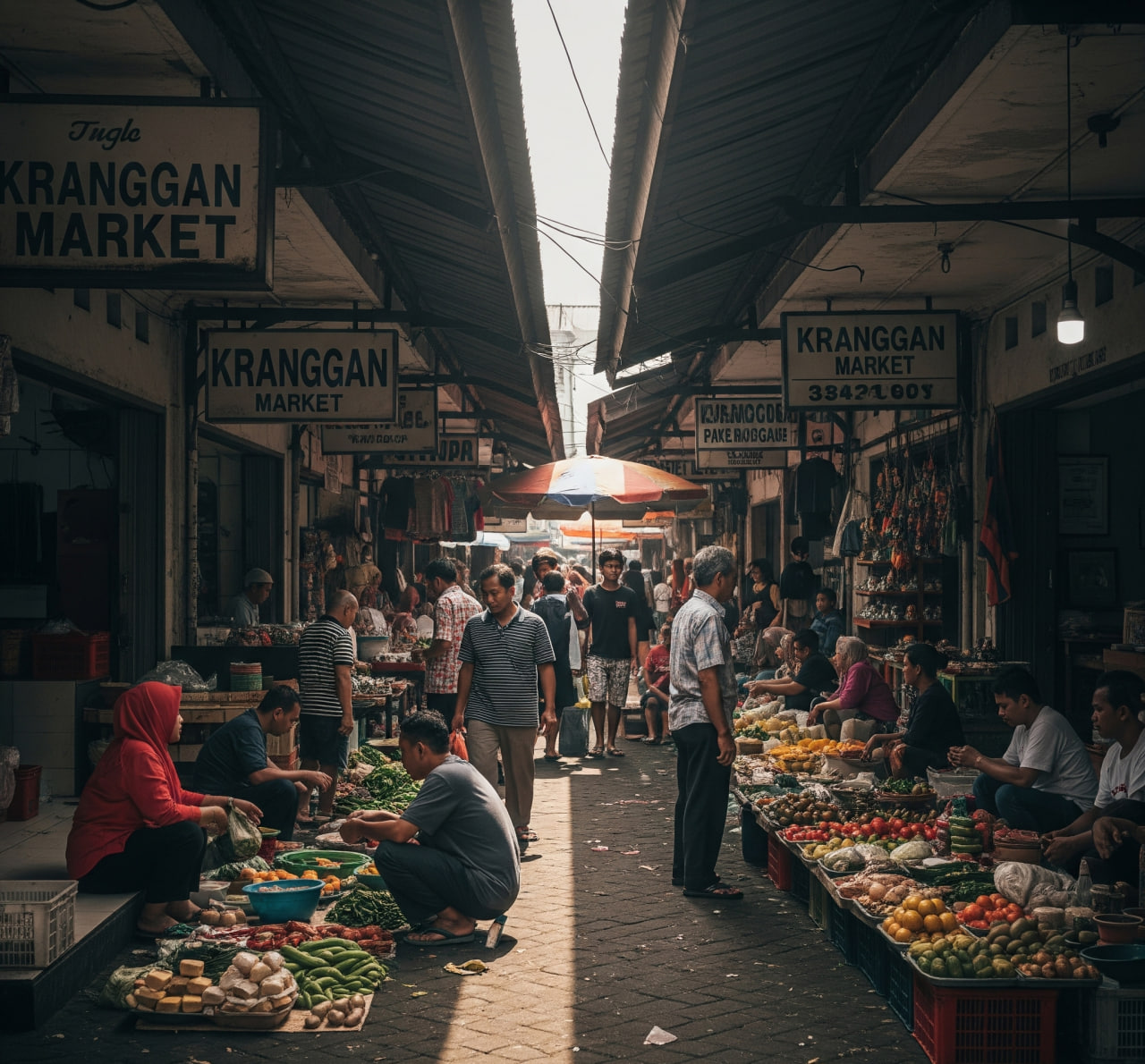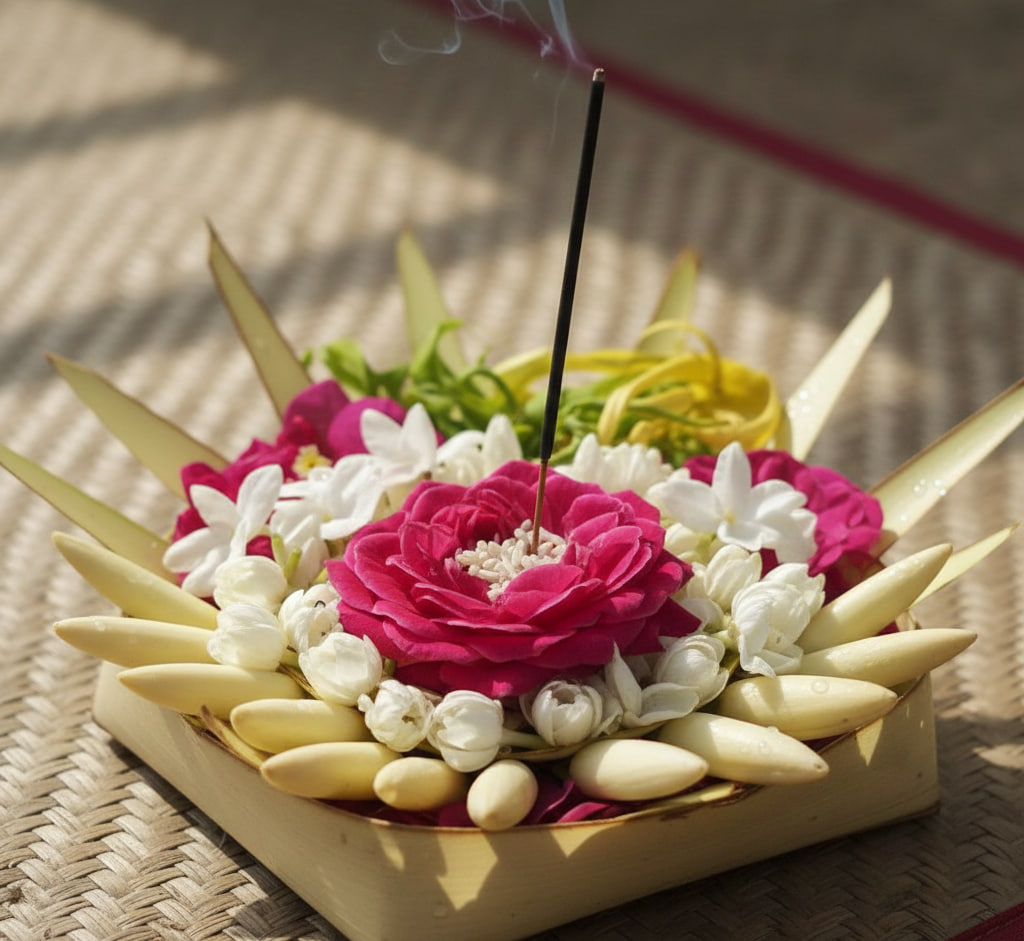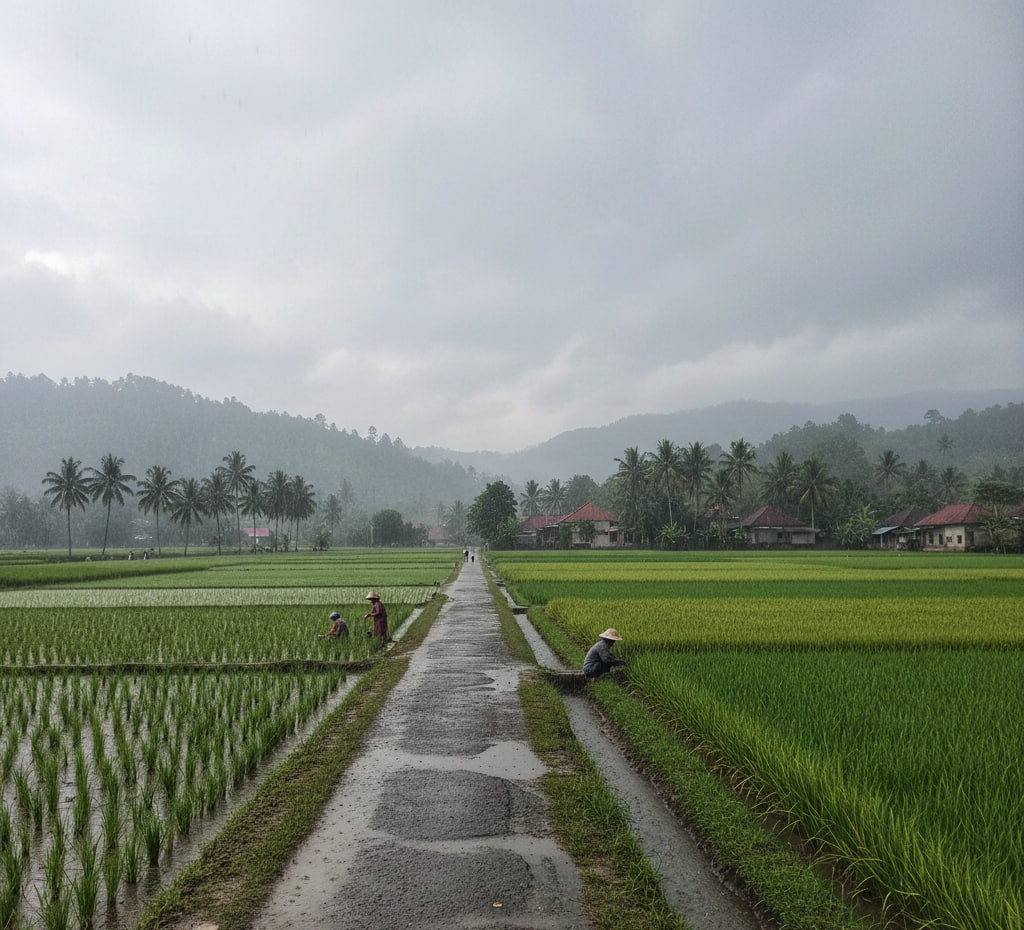News
Kranggan Market: Just a Step from the Tugu, a Walk Through History
Kranggan Market is one of Yogyakarta’s legendary traditional markets, rich with a long and colorful history. Located on Pangeran Diponegoro Street, it sits just a stone’s throw from the iconic Tugu Jogja, a landmark marking the city’s zero kilometer point. But Kranggan is more than just a place to shop—it's a living social institution that has been at the heart of local life since the early 19th century.
Origins and the Story Behind Its Name
The name “Kranggan” is rooted in the aristocratic title of Raden Tumenggung Rangga Prawirasantika, a notable figure of the Yogyakarta Sultanate who initiated the market’s founding. The term derives from "Ka-Rangga-an", referring to his noble status. Built during the Dutch colonial era in the 1800s, the market was designed as a strategic commercial hub right in the heart of the city.
Strategic Location and Its Early Function
Located just west of Tugu Jogja, Kranggan Market enjoys easy access from all directions. From the beginning, it served as a bustling center for trading agricultural produce, household essentials, and local crafts. During the colonial era, the market also became an economic hub for the Chinese community living nearby, in line with the urban zoning policy called Wijkenstelsel.
A Market That Grew with Time
Over the years, Kranggan Market evolved. From selling basic necessities, it has now transformed into a haven for traditional street food. You’ll find a delightful array of classic treats here: jenang, lupis, cenil, lemper, serabi, talam, fried banana with cheese, and even clorot. The market is also known for its flower offerings and gold jewelry stalls, especially on the first floor.
Spread across two floors, the market is segmented by purpose: the Diponegoro Street side features snacks and jewelry, while the inner area sells clothes, spices, and household goods. Toward the back, the action heats up with vegetable and grocery sellers. Open daily from 5 AM to 6 PM, Kranggan serves both loyal locals and curious tourists.
The Charm That Keeps People Coming Back
Kranggan Market holds onto its old-school charm, complete with warm-hearted vendors and an authentic shopping vibe. Prices are wallet-friendly, making it an accessible spot for everyone. But this isn’t just about buying things—it’s a community gathering point, where life happens with a distinctly Jogja rhythm.
The building has undergone a few facelifts—first in 1975–1978 and again in 2013—to ensure comfort without losing character. With a total area of about 7,400 square meters and over 800 vendors, Kranggan remains one of the largest and busiest traditional markets in the city.
Kranggan Market isn’t just a place—it’s a cultural and historical witness that continues to breathe life into Yogyakarta. With Tugu Jogja standing nearby as its silent companion, Kranggan carries the legacy of the city’s social and economic journey, while preserving Jogja’s culinary and communal spirit in every aisle.



